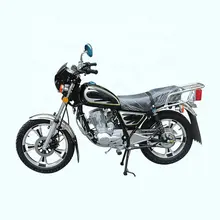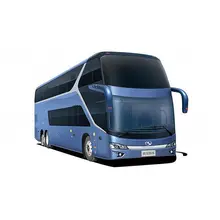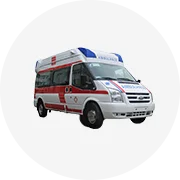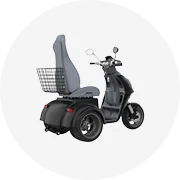

60V 76V 72V 50Ah Tricycle Electric Bike 3 Wheel Battery Batterie Electric Tricycle Vehicle Lithium Ion Batteries
$420.00 - $500.00
Min Order: 2 pieces


Electric Scooter 3 Wheel China For Adults 60V 500w Electric Motorcycles 1000wats 3 Wheels Electric Tricycles
Ready to Ship


Hot Selling Electric Golf Scooter Foldable Remote Control Golf Trolley With Lithium Battery 3 Wheel Electric Golf Cart


Portable Electric Hand Cart With Four-Wheel Trolley General Purpose And Platform Truck For Effortless Transportation


































 浙公网安备 33010002000092号
浙公网安备 33010002000092号 浙B2-20120091-4
浙B2-20120091-4